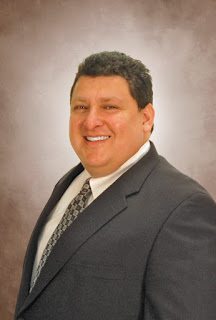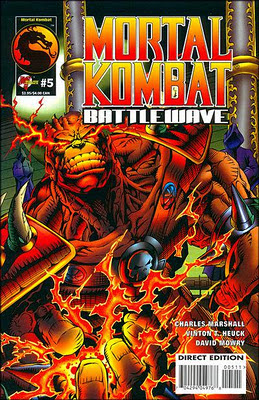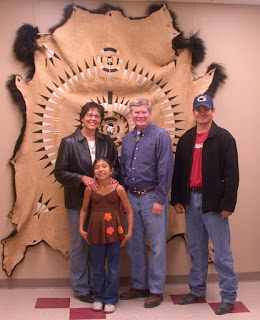Lost children’s annual memorial march: Event called for reform of Iowa’s parental-rights laws

P ublished by Indian Country Today in 2010. For more on topics like this, see my book, American Apartheid: The Native American Struggle... R estoration of parental rights was the theme of the Eighth Annual Memorial March to Honor Our Lost Children, organized each year for the day before Thanksgiving by Four Directions Community Center, a Sioux City nonprofit. In preparing for the event, the group’s executive director, Frank LaMere, Winnebago Tribe of Nebraska, encouraged participation by Native people who have had children taken from them by the Iowa child-welfare system or because of involvement with the courts. About 200 responded to his call over the course of November 24, a blustery day with freezing rain that made the start of the march — across the Missouri River bridge that connects South Sioux City, Nebraska, with Sioux City, Iowa — a challenge for young and old. “We cross the bridge because many of Iowa’s Native people came here from Nebraska in search of a better





